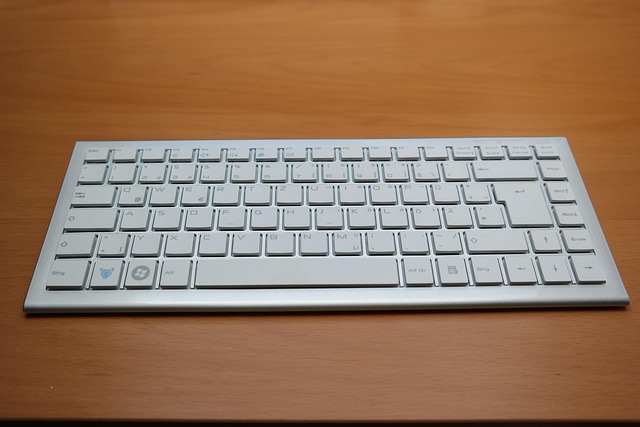Understanding Chemotherapy-Induced Peripheral Neuropathy (CIPN)

Chemotherapy-Induced Peripheral Neuropathy (CIPN) is a frequent and often distressing side effect of certain cancer treatments. It involves damage to the peripheral nerves—those outside the brain and spinal cord—typically causing symptoms like pain, tingling ('pins and needles'), numbness, weakness, or sensitivity to touch and temperature, especially in the hands and feet. CIPN can profoundly affect quality of life, interfering with simple daily tasks, balance, sleep, and overall well-being. Its likelihood and severity depend on factors like the specific chemotherapy drugs used, dosage, and individual patient susceptibility.
Aerobic Exercise: A Promising Strategy for CIPN Management
Growing evidence suggests that engaging in regular aerobic exercise could be a valuable tool for managing CIPN symptoms and improving function. While researchers are still pinpointing the exact pathways, the leading theories suggest exercise may enhance nerve health by improving blood flow, reducing inflammation, stimulating nerve repair processes (neuroplasticity), and boosting overall physical conditioning. Aerobic activities, like brisk walking, cycling, swimming, or water aerobics, are those that increase your heart rate and breathing for a sustained period.
How Exercise Might Help Your Nerves
Several biological mechanisms may explain the potential benefits of aerobic exercise for CIPN:
- Boosting Nerve Blood Flow: Exercise improves circulation, potentially delivering more vital oxygen and nutrients to damaged nerves to support their function and repair.
- Promoting Nerve Repair Factors: Physical activity may trigger the release of natural substances, like Brain-Derived Neurotrophic Factor (BDNF), known to encourage nerve growth, survival, and adaptation.
- Reducing Harmful Inflammation: Regular exercise has known anti-inflammatory effects, which could counteract the inflammation contributing to nerve irritation and damage.
- Strengthening Antioxidant Defenses: Exercise might enhance the body's natural ability to combat oxidative stress, a cellular imbalance implicated in the development of CIPN.
Think of your nerves like delicate plants needing water and nutrients. Exercise helps improve the 'delivery system' (your circulation) bringing essential resources to the nerves, potentially aiding their health and reducing symptoms like numbness or tingling.
Getting Started Safely: Practical Exercise Tips for CIPN
Starting an exercise routine with CIPN requires careful planning. Consulting your healthcare provider or a physical therapist specialized in oncology rehabilitation is essential. They can assess your specific condition, balance, and sensation to recommend a personalized, safe program. Here are some general guidelines:
- Begin Gradually: Start with short durations (e.g., 10-15 minutes) of low-intensity activity. Slowly increase time and intensity as your body adapts and feels comfortable.
- Choose Low-Impact Options: Activities like stationary cycling, swimming, water walking, or using an elliptical machine are often gentler on joints and safer if balance is a concern.
- Prioritize Safety: Ensure a safe environment. If balance is impaired, exercise near a wall or railing for support, or consider seated exercises.
- Listen Carefully to Your Body: Pay close attention to symptoms. Stop if you feel sharp pain, excessive fatigue, dizziness, or a significant worsening of numbness or tingling. Don't push through severe discomfort.
- Stay Hydrated: Drink water before, during, and after your exercise sessions.
- Wear Proper Footwear: Choose well-fitting, supportive shoes to protect your feet and aid balance.
- Monitor Your Symptoms: Keep a simple log of your exercise (type, duration, intensity) and how your CIPN symptoms feel. Share this with your healthcare team.
Current Research and What's Next

While current findings are encouraging, research into aerobic exercise for CIPN is ongoing. More rigorous clinical trials are needed to establish definitive guidelines on the most effective types, intensities, and durations of exercise for individuals with varying degrees of CIPN and different cancer treatment histories. Understanding who benefits most and why remains a key focus.
Key Areas for Future Research
- Defining optimal exercise 'prescriptions' (frequency, intensity, time, type - FITT principle) tailored to CIPN severity and patient characteristics.
- Investigating the combined effects of aerobic and resistance (strength) training.
- Leveraging wearable technology for better monitoring of activity, symptoms, and program adherence.
- Exploring how exercise might work synergistically with other CIPN treatments, like medications or targeted physical therapy modalities.